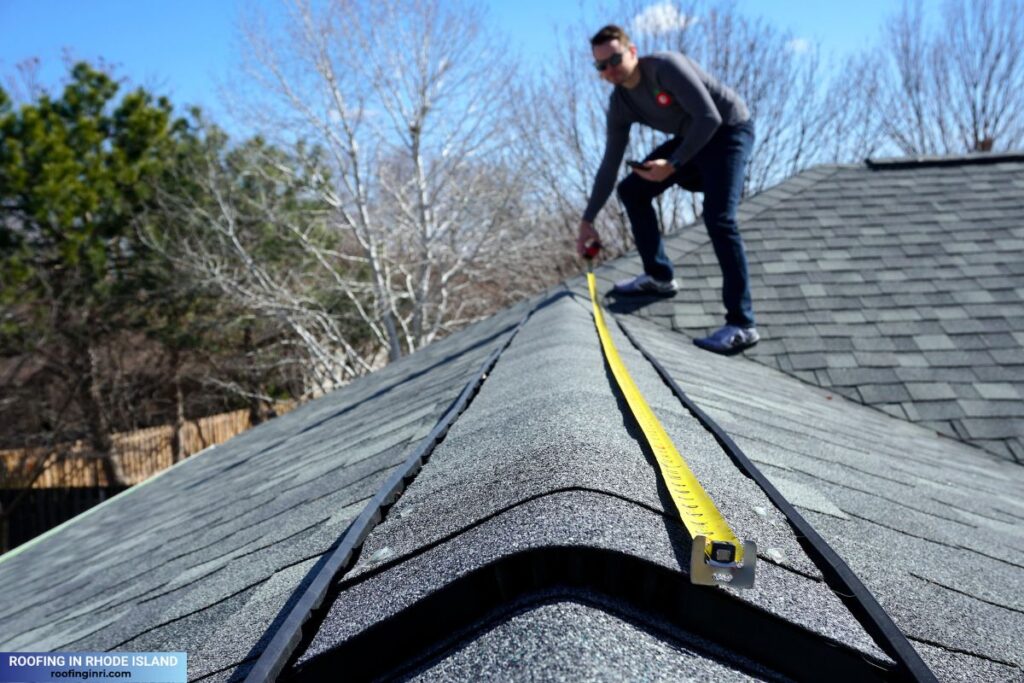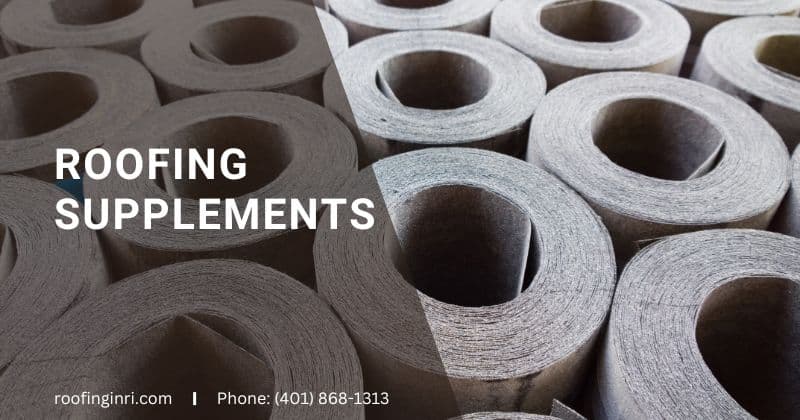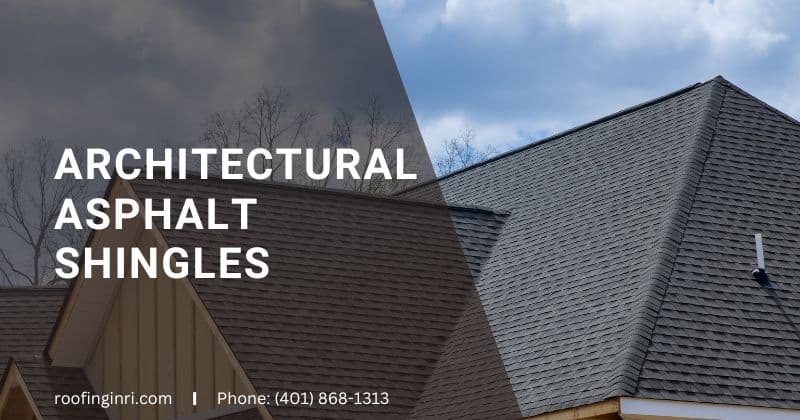Understanding industry-specific terms is essential when it comes to roofing, especially for homeowners planning roof repairs or replacements. One such term you’ll frequently encounter is a “roofing square.” This post breaks down everything you need to know about roofing squares, their purpose, and how they affect roofing projects.
What is a roofing square?
A roofing square is a standard unit of measurement in the roofing industry. One roofing square equals 100 square feet of roof surface area. It simplifies calculations for estimating the material needed for a project and helps contractors provide accurate pricing.
For example, if your roof measures 2,000 square feet, it translates to 20 roofing squares.
Read also: Class 3 vs. Class 4 shingles.
How much is a square of shingles?
The cost of a square of shingles varies depending on the material, brand, and location. Here’s a rough estimate:
- Asphalt shingles: $100 – $400 per square
- Metal roofing: $300 – $1,000 per square
- Slate or tile roofing: $800 – $1,600 per square
These costs typically include only materials and may not cover labor or additional supplies like nails and underlayment. Also, the actual material cost will vary based on the slope, overhanging area, cutting, etc, which I will discuss more later in this post.
Read also: How do you get roof replacements from your insurance company?
How much is 1 square in roofing?
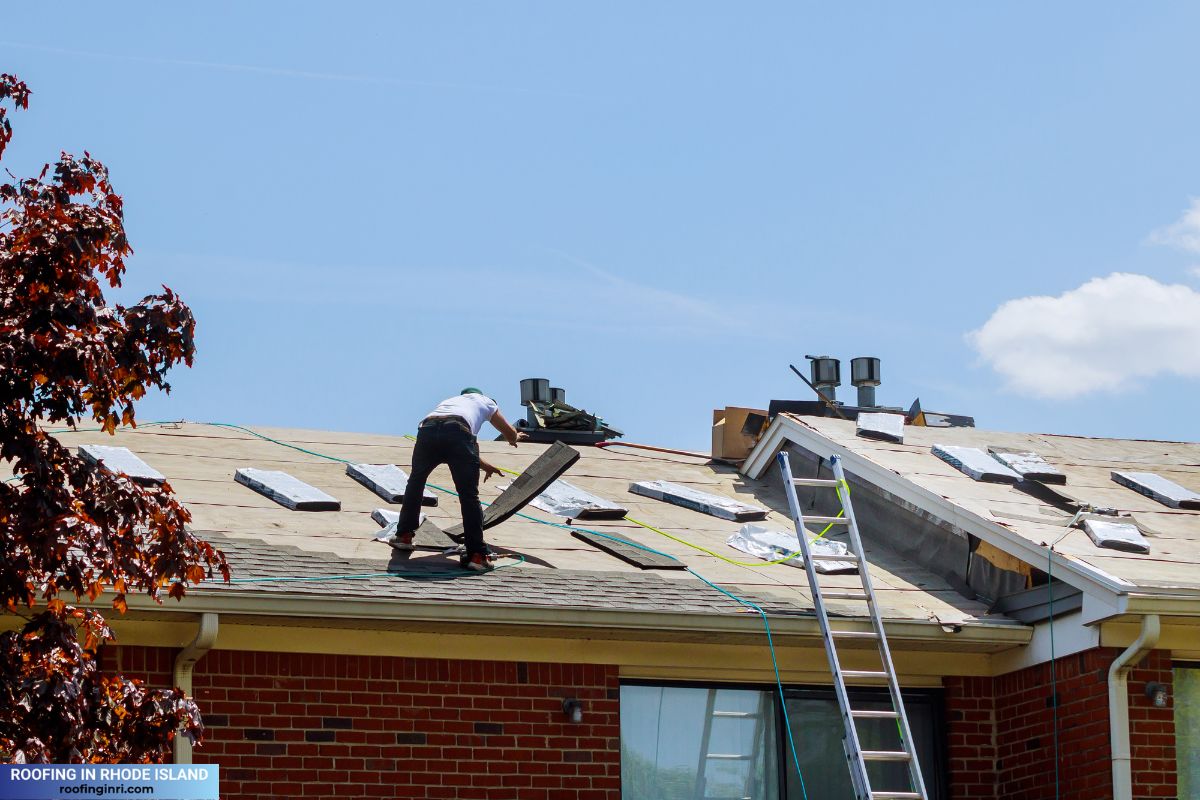
When calculating costs, it’s essential to distinguish between the cost of shingles per square and the labor cost for installation. Labor charges can add $150 – $300 per square, depending on the complexity of the roof and local labor rates.
For a standard asphalt shingle roof, the total cost per square, including materials and labor, often ranges between $250 and $700.
Learn about roof cricket→
How do you calculate roofing square?
Calculating roofing squares considers the total roof area and the roof’s pitch (steepness). A roofing square equals 100 square feet. While height doesn’t directly affect the calculation, roof pitch impacts the total surface area.
Steps to calculate roofing squares:
- Measure Horizontal Dimensions: Multiply the length and width of your roof (in feet) to get the horizontal area.
- Account for Roof Pitch:
- Determine the roof pitch (e.g., 6/12 means a 6-inch rise per 12-inch run).
- Use a pitch multiplier (e.g., 1.12 for 6/12 pitch).
- Multiply the horizontal area by this multiplier to find the actual roof surface area.
- Convert to Roofing Squares: Divide the total area by 100.
Example:
For a 2,000 sq. ft. house with a 6/12 pitch (multiplier ~1.12):
2000×1.12= 2,240 sq. ft. = total surface area / 100 = 22.4 roofing squares.
This method ensures nearly accuracy, particularly for steep or complex roofs.
Calculating roofing squares requires factoring in the slope or pitch of your roof. Roofs with steeper pitches have more surface area than flat roofs of the same footprint size. Roofing contractors use a pitch factor to adjust the square footage accordingly.
The actual square may be slightly higher than your calculation because of the overhanging area, cuts, and other architectural factors.
Read also: Important things you should do when your roof is leaking.
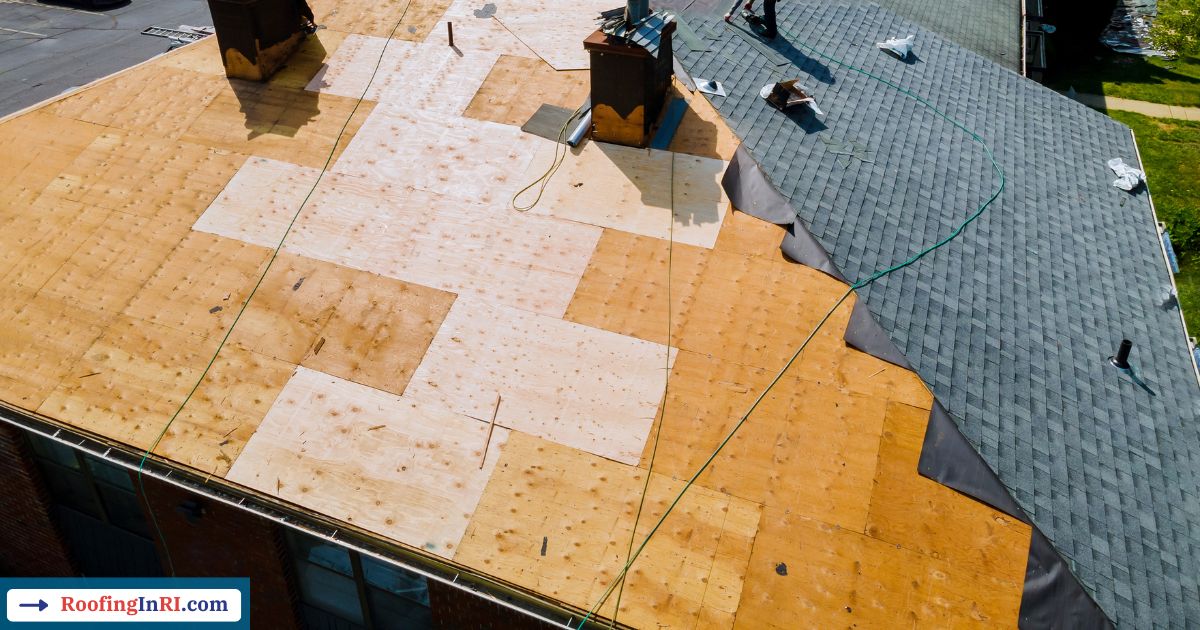
Why use roofing squares instead of square feet?
Roofing squares simplify communication and calculation for roofing professionals. Instead of dealing with large numbers in square feet, they use squares to estimate material needs, labor costs, and project timelines.
What are shingle squares?
A shingle square refers to the amount of shingles needed to cover 100 square feet of roof area. Shingles are sold in bundles, with the number of bundles per square depending on the shingle type:
- Three-tab asphalt shingles: Typically 3 bundles per square
- Architectural shingles: 4 bundles per square
Replace vs repair? Crucial factors to consider before you decide.
How roofing squares impact material estimates
Accurate measurements ensure you order the correct amount of materials. Overestimating can lead to waste, while underestimating can delay the project. Your roofing contractor will calculate the total number of squares and add an extra 10% to account for waste and cuts, especially for roofs with complex designs.
What else do you need per roofing square?
A roofing square isn’t just shingles—it also includes the following materials:
- Underlayment: A protective barrier between the shingles and decking.
- Flashing: Metal strips used around edges, chimneys, and vents to prevent leaks.
- Drip edge: A metal edge that directs water off the roof.
- Nails: The type and quantity depend on the roofing material.
For a standard asphalt shingle roof, installation costs range from $250 to $700 per square, including labor and materials. Premium materials like metal or slate increase the price.
Using squares provides consistency in estimating projects. While bundles vary by material and brand, squares represent a universal measurement.
Yes, most roofing projects in the U.S. use roofing squares to calculate material and labor needs.
Understanding roofing squares is essential for planning any roofing project, whether a small repair or a full replacement. Knowing it, you can make informed decisions. Contact us today if you need help with roof replacement (including financing) in Rhode Island.

